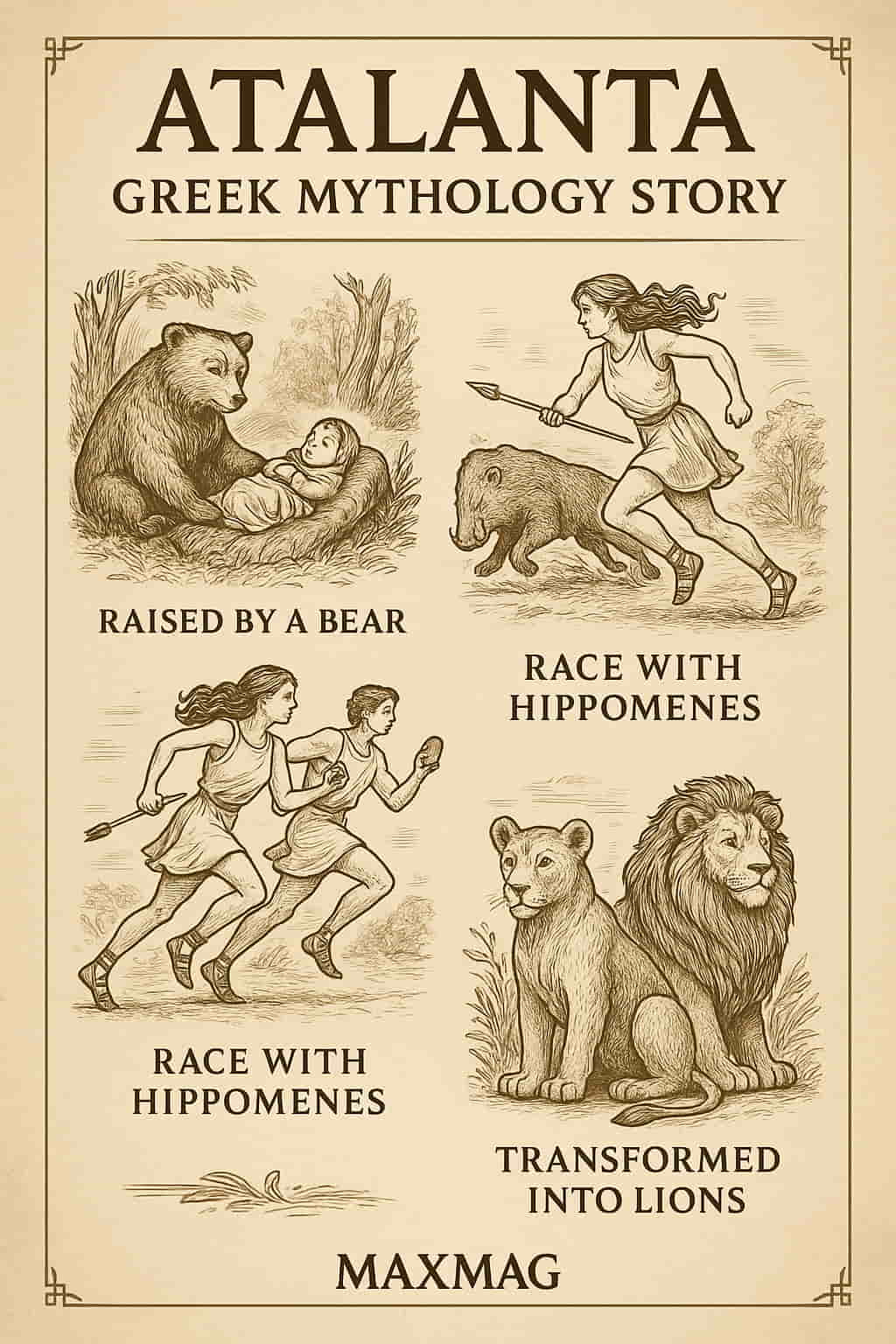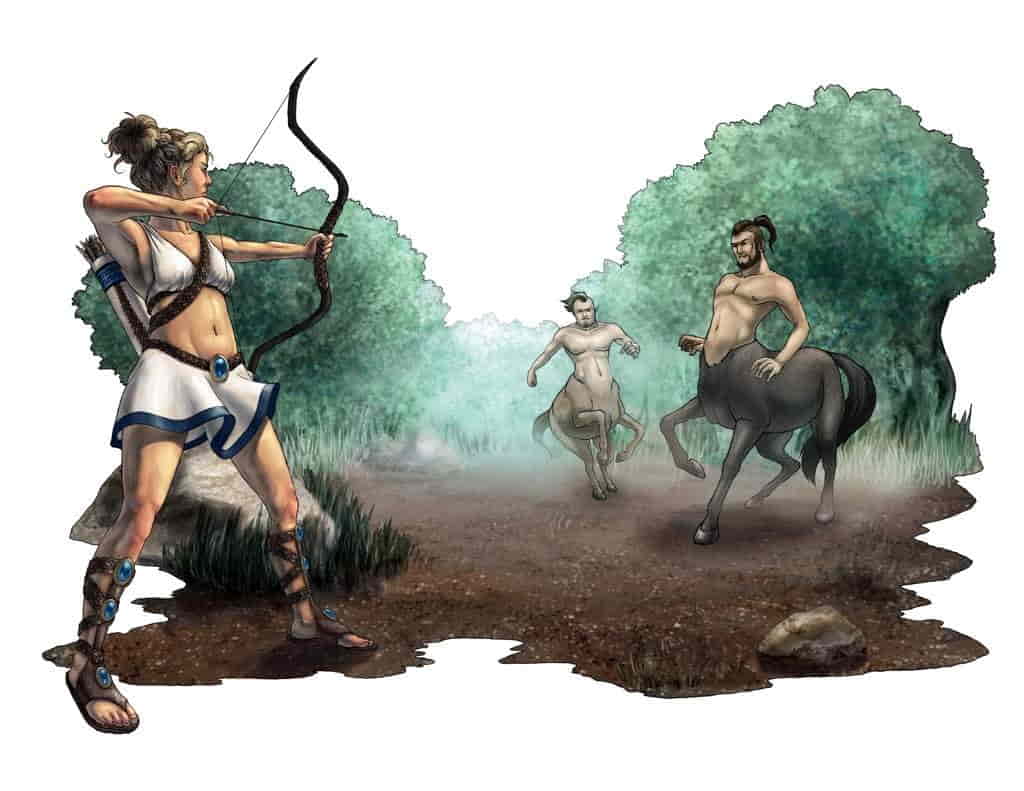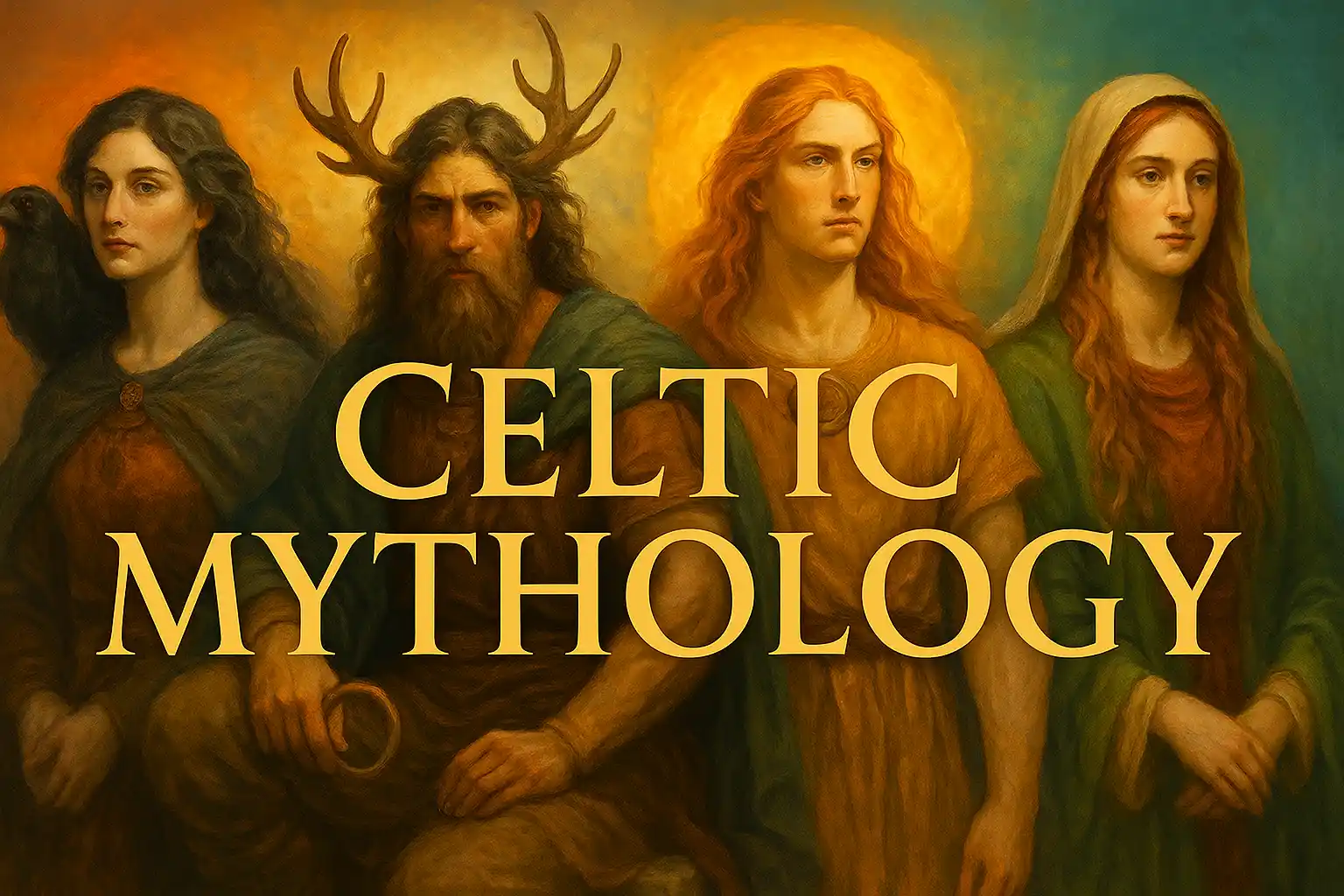
Among the many captivating figures of classical legend, few stand out as vividly as Atalanta. Her tale, rooted in ancient Greece’s shifting views of gender, heroism, and fate, reveals a woman who defied norms, outran expectations—literally—and left behind a legacy that is still admired today. The Atalanta Greek mythology story combines action, romance, tragedy, and symbolism, blending myth with timeless questions of autonomy, pride, and identity.
Though often overshadowed by gods and warriors, Atalanta was a mortal whose sheer will and wild spirit rivaled any Olympian. From her infancy in the wilderness to her dramatic footrace for marriage, her story pulses with themes of independence, divine intervention, and the cost of choice.
In this deep exploration, we unravel the many layers of Atalanta’s myth, her cultural significance, and why her story continues to resonate today.
Who Was Atalanta? A Wild Beginning
The Atalanta Greek mythology story begins in defiance. According to legend, she was born to a noble Arcadian (or sometimes Boeotian) family, but her father—disappointed that she was not a son—abandoned her in the wilderness. Rather than perish, she was suckled by a she-bear and raised by hunters, becoming a fierce and skilled warrior.
This origin—rooted in both survival and rejection—shaped her identity. She grew up isolated from conventional society, choosing the forest over palaces, the bow over the spindle, and the hunt over domesticity. Her upbringing not only gave her unmatched speed and skill but also symbolized her distance from patriarchal control.
She vowed to remain a virgin and avoid marriage—a promise that would later define the trajectory of her myth.
For more on gender roles in ancient myth, visit the Perseus Digital Library hosted by Tufts University.
The Calydonian Boar Hunt: Atalanta Among Heroes
One of the most iconic episodes in the Atalanta Greek mythology story is her participation in the Calydonian Boar Hunt, a perilous mission launched by King Oeneus of Calydon to kill a monstrous boar sent by Artemis.
Many of Greece’s most celebrated male heroes—Meleager, Castor, Pollux, Jason—joined the hunt. But Atalanta, clad in leather and armed with a bow, astonished them all. She was the first to wound the beast, weakening it for the final kill. Meleager, smitten by her strength and beauty, insisted she be awarded the prize—the boar’s hide.
This caused a deadly rift. Meleager’s uncles objected to a woman receiving such honor, and in response, Meleager killed them. His own mother, in grief and rage, cursed him, leading to his tragic death.
Atalanta’s presence at the hunt was groundbreaking: she didn’t merely compete with men—she surpassed them. Her story illustrates ancient Greece’s complex views on women who crossed social boundaries.
Learn more about heroism and honor in Greek myth at the Metropolitan Museum of Art’s Greek & Roman collection.
The Footrace for Her Hand: Love, Cunning, and Divine Apples
Although Atalanta had no desire to marry, her father eventually insisted. To honor her vow while obeying her father’s will, she devised a nearly impossible challenge: she would marry only the man who could beat her in a footrace. If they lost, they would be executed. Suitors came—and died—one after another.
Then came Hippomenes, a clever and determined young man. Recognizing he couldn’t beat her through speed alone, he sought divine help. The goddess Aphrodite, intrigued by his love and courage, gave him three golden apples from her sacred grove.
During the race, Hippomenes threw each apple at strategic moments. Atalanta, curious and momentarily distracted, paused to pick them up. Each stop cost her time. By the third apple, Hippomenes surged ahead and won.
Though she honored her word and married him, this ending of the Atalanta Greek mythology story was bittersweet. The wild, independent huntress was finally bound—not by force, but by cleverness and divine manipulation.
For more on myths involving divine intervention, visit Theoi.com’s Aphrodite section.
A Cautionary Tale: Hubris, Lust, and Transformation
The story doesn’t end with marriage. Hippomenes neglected to thank Aphrodite for her help—a fatal act of hubris. To punish them, the goddess inflamed them with uncontrollable passion. They consummated their union in a sacred temple (either of Cybele or Zeus), violating divine law.
Enraged, the gods transformed them into lions. In ancient belief, lions were thought incapable of mating with their own kind—symbolizing their eternal punishment of frustrated desire and separation.
This metamorphosis concludes Atalanta’s myth with a profound allegory: when divine aid is taken for granted or human passion breaks sacred codes, the consequences are irreversible. It also echoes themes from other myths, like Actaeon and Artemis, where boundary-crossing is met with divine wrath.
Feminine Power and Athleticism in Ancient Greece
Atalanta’s legend is exceptional not just because she’s a female hero—but because she is defined by physical excellence. In a culture that typically restricted women from athletic or military life, Atalanta ran, hunted, and fought with the best.
This challenged gender norms of the time and has made her a symbol of female autonomy ever since. Some scholars argue that her myth may have emerged from pre-Hellenic goddess traditions or matriarchal societies where women held more power and mobility.
Today, Atalanta’s image is being reclaimed in sports, feminism, and literature. Her story speaks to all who defy imposed roles and seek their own path, no matter the cost.
For modern analysis of gender and myth, check The Center for the Study of Women in Society at the University of Oregon.
The Symbolism of the Golden Apples
In Greek mythology, golden apples often appear as objects of temptation and fate. In Atalanta’s story, they represent distraction, vulnerability, and the complexities of choice.
Some interpretations suggest that Atalanta, in stopping to pick up the apples, wasn’t fooled by beauty or greed—but by curiosity and wonder, traits often denied to women in patriarchal myths. Others argue the apples represent the inevitable intrusion of fate and love into even the most disciplined lives.
Interestingly, golden apples also appear in the Judgment of Paris, another myth where a woman’s fate is determined by divine forces. These connections emphasize how fruit often serves as a metaphor for knowledge, temptation, and power in Greek storytelling.
Atalanta in Art and Literature
Renaissance and Baroque artists were captivated by Atalanta’s race, especially the moment she bends to pick up a golden apple. Paintings by Guido Reni, Nicolas Colombel, and others depict her as a graceful runner in mid-motion, highlighting both athletic beauty and dramatic tension.
In literature, Atalanta appears in Ovid’s Metamorphoses and later works by Boccaccio, Swinburne, and Robert Graves. Her image evolves—sometimes a tragic heroine, sometimes a symbol of feminist resistance.
In contemporary culture, Atalanta appears in fantasy novels, feminist retellings, and even video games, where her speed and wildness continue to inspire. She has become a mythic prototype for powerful, autonomous women who blaze their own trails.
Lessons from the Atalanta Greek Mythology Story
The Atalanta Greek mythology story teaches more than just mythological history. It poses fundamental questions about:
-
Gender and autonomy: Can women maintain independence in a world shaped by male authority?
-
Choice and fate: Are we free to choose our path, or are we always guided by divine or social forces?
-
Pride and consequence: What is the cost of remaining true to oneself—and what is the cost of giving in?
Atalanta’s life is both a celebration of feminine strength and a cautionary tale about compromise and surrender.
❓ FAQ: Atalanta Greek Mythology Story
1. Who were Atalanta’s parents?
Traditionally, her father was King Iasus (or sometimes Schoeneus). Her mother is not usually named in myth.
2. Why was Atalanta abandoned at birth?
Because she was born female, and her father wanted a male heir.
3. What was the Calydonian Boar?
A monstrous beast sent by Artemis to punish King Oeneus, slain in a legendary hunt where Atalanta played a key role.
4. Who was Meleager?
A hero who fell in love with Atalanta during the boar hunt and gave her the prize, which led to fatal conflict.
5. What were the golden apples?
Gifts from Aphrodite used by Hippomenes to distract Atalanta during the race, allowing him to win her hand.
6. Why were Atalanta and Hippomenes turned into lions?
They offended the gods by making love in a sacred temple, symbolizing divine punishment for sacrilege and passion.
7. Was Atalanta a real historical figure?
No, but her myth may reflect early matriarchal beliefs or regional cults in ancient Greece.
8. What does Atalanta symbolize today?
She symbolizes female empowerment, independence, athleticism, and the tension between freedom and societal expectation.





